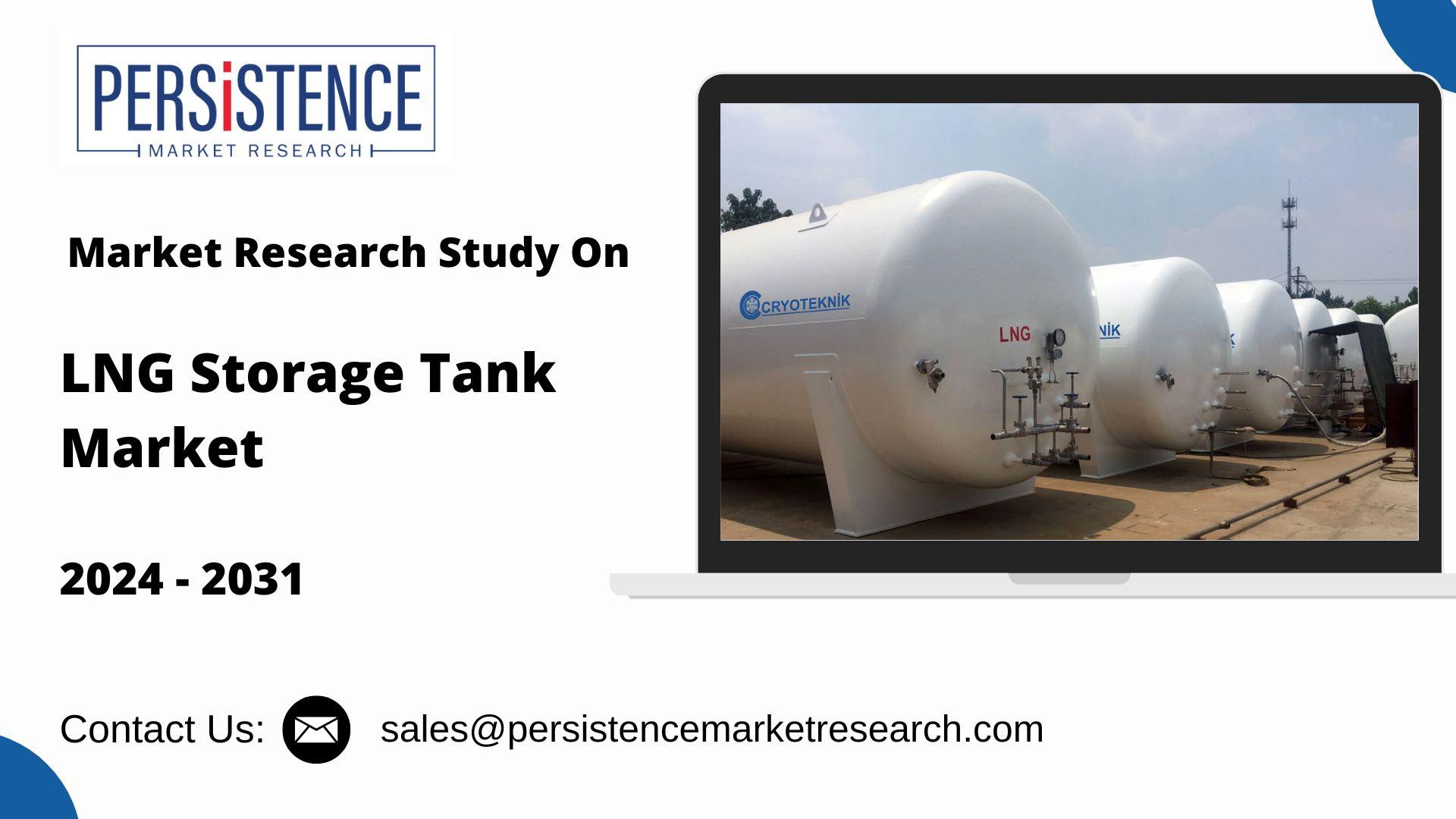Introduction
Proper maintenance of Liquefied Natural Gas LNG storage tanks market is vital to ensure their safety, reliability, and operational efficiency. Given the unique challenges associated with cryogenic storage, a proactive maintenance strategy can prevent costly downtime, environmental incidents, and safety hazards.
his guide outlines essential maintenance tips to keep LNG storage tanks in optimal condition.
1. Regular Inspections
a. Visual Inspections
- Routine Checks: Conduct visual inspections of the tank exterior and surrounding area at regular intervals. Look for signs of wear, corrosion, and leaks. Inspect all seals, joints, and fittings to ensure they are intact.
- Access Points: Ensure that access points, such as manways and vents, are clear and functioning properly. Regularly check for obstructions or damage that may hinder access during maintenance.
b. Detailed Inspections
- Ultrasonic Testing: Use ultrasonic testing techniques to assess the thickness of the tank walls and identify any potential weaknesses or areas of corrosion. This should be done periodically based on the tank's age and environmental conditions.
- Structural Integrity Checks: Conduct detailed inspections of the structural components, including supports, foundations, and anchoring systems, to ensure they remain stable and secure.
2. Leak Detection and Monitoring
a. Installation of Leak Detection Systems
- Automated Leak Detection: Implement advanced leak detection systems that can monitor the tank for any signs of leaks or pressure changes in real-time. These systems can alert personnel to potential issues before they escalate.
- Regular Testing: Perform regular tests of leak detection systems to ensure they are functioning correctly. This includes checking sensors, alarms, and monitoring equipment.
b. Visual Leak Checks
- Cryogenic Piping Inspection: Regularly inspect cryogenic piping and connections for signs of frost or condensation, which can indicate a leak. Look for unusual temperature changes around fittings and joints.
- Pressure Relief Valves: Inspect pressure relief valves to ensure they are operating correctly and are not stuck in a closed or open position, which can pose safety risks.
3. Preventive Maintenance
a. Routine Maintenance Schedule
- Develop a Maintenance Plan: Establish a comprehensive maintenance plan that outlines routine tasks, inspection intervals, and required documentation. Include tasks such as cleaning, painting, and equipment checks.
- Scheduled Downtime: Plan maintenance activities during scheduled downtime to minimize disruption to operations. This allows for thorough inspections and repairs without affecting LNG storage capacity.
b. Cleaning and Corrosion Prevention
- Surface Cleaning: Regularly clean the tank’s exterior to remove dirt, debris, and any corrosive materials. This can help prevent corrosion and extend the lifespan of the tank.
- Protective Coatings: Apply protective coatings to the tank's exterior surfaces to prevent corrosion and enhance durability. Regularly inspect and reapply coatings as needed.
4. Emergency Preparedness
a. Emergency Response Plan
- Develop an Emergency Plan: Create a detailed emergency response plan that outlines procedures for dealing with leaks, spills, and other incidents. Ensure all personnel are familiar with the plan.
- Drills and Training: Conduct regular emergency drills to test the effectiveness of the response plan. Provide training for all staff on emergency procedures and the proper use of safety equipment.
b. Safety Equipment Inspection
- Check Safety Equipment: Regularly inspect safety equipment, such as fire extinguishers, spill containment kits, and personal protective equipment (PPE). Ensure that all equipment is in good working condition and easily accessible.
- Communication Systems: Test communication systems regularly to ensure they are operational during emergencies. This includes alarms, radios, and emergency notification systems.
5. Documentation and Record Keeping
a. Maintenance Records
- Keep Detailed Logs: Maintain thorough records of all maintenance activities, inspections, and repairs performed on the LNG storage tank. This documentation is essential for regulatory compliance and audits.
- Track Changes: Document any changes made to the tank, including modifications, repairs, or upgrades. Keeping a history of maintenance actions helps identify patterns and inform future maintenance strategies.
b. Compliance Audits
- Regular Audits: Conduct regular compliance audits to ensure all maintenance activities meet regulatory standards and internal policies. Address any identified issues promptly to maintain compliance.
- Continuous Improvement: Use audit findings to improve maintenance practices and procedures. Regularly review and update maintenance plans to reflect industry best practices and regulatory changes.
6. Conclusion
Effective maintenance of LNG storage tanks is crucial for ensuring safety, reliability, and efficiency in operations. By implementing regular inspections, proactive maintenance strategies, and comprehensive emergency preparedness plans, stakeholders can significantly reduce risks associated with LNG storage. Keeping detailed documentation and maintaining compliance with regulatory standards further enhances the integrity of LNG storage systems. Adopting these essential maintenance tips will help safeguard investments and ensure the safe handling of this critical energy resource.



